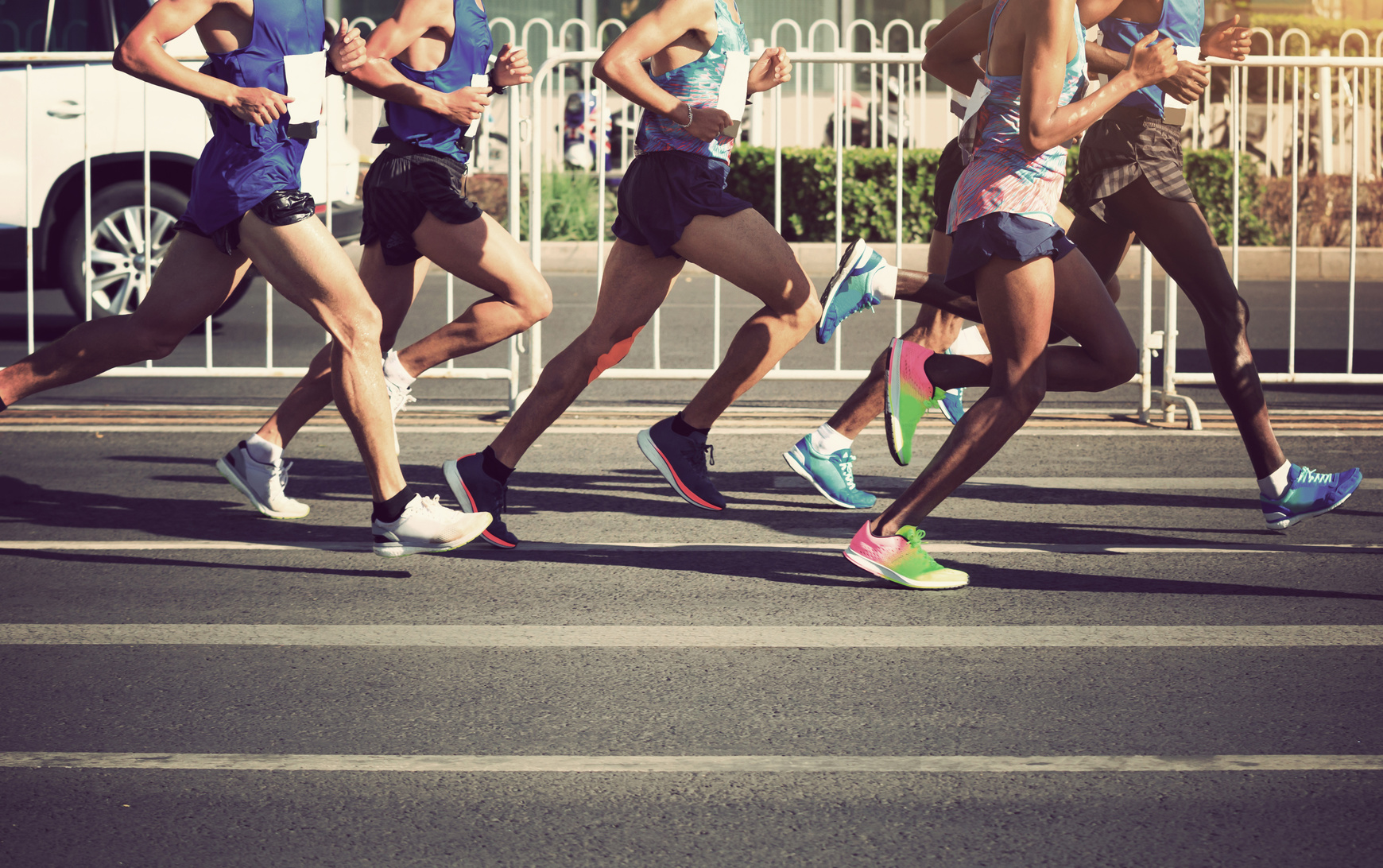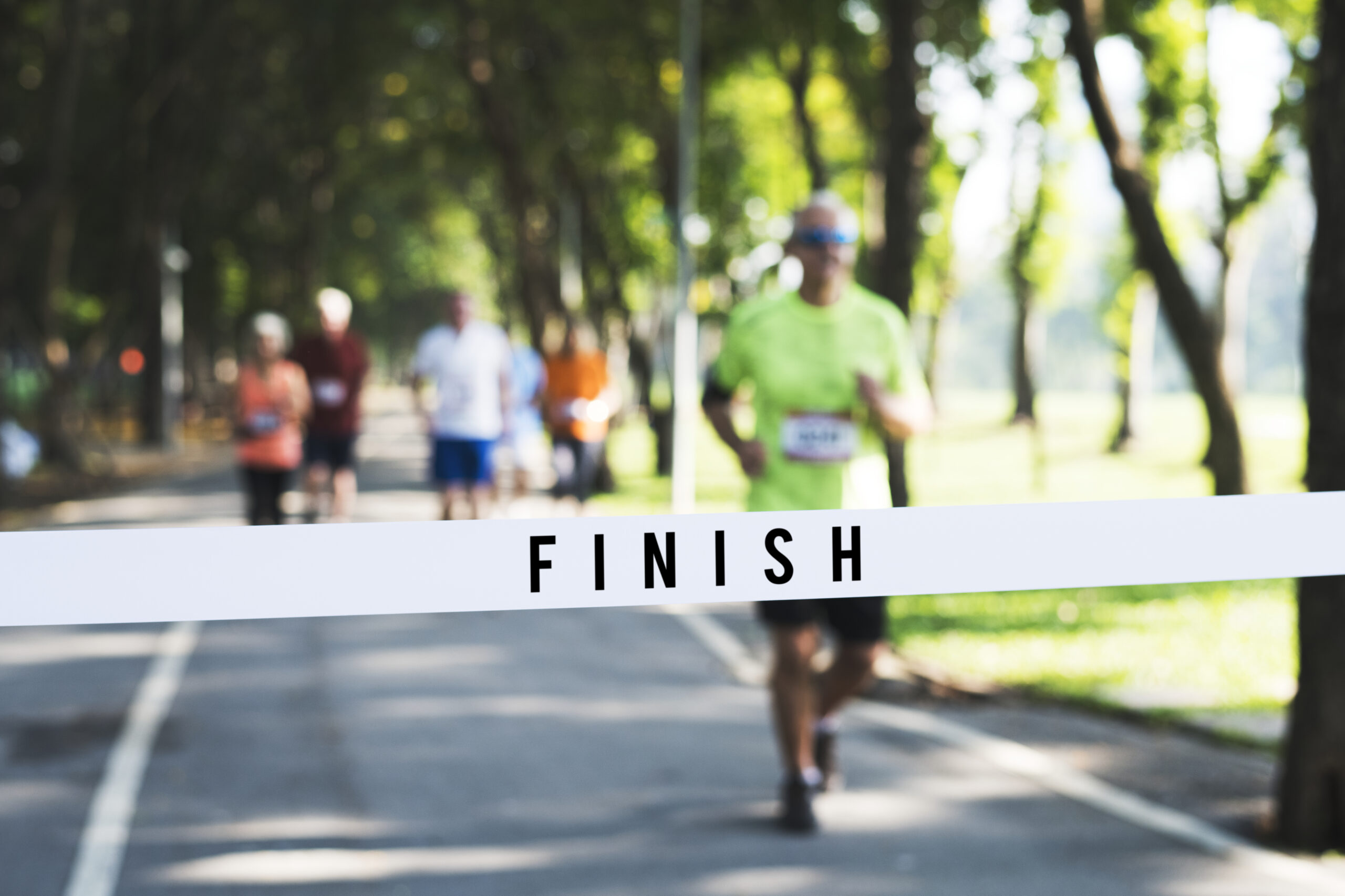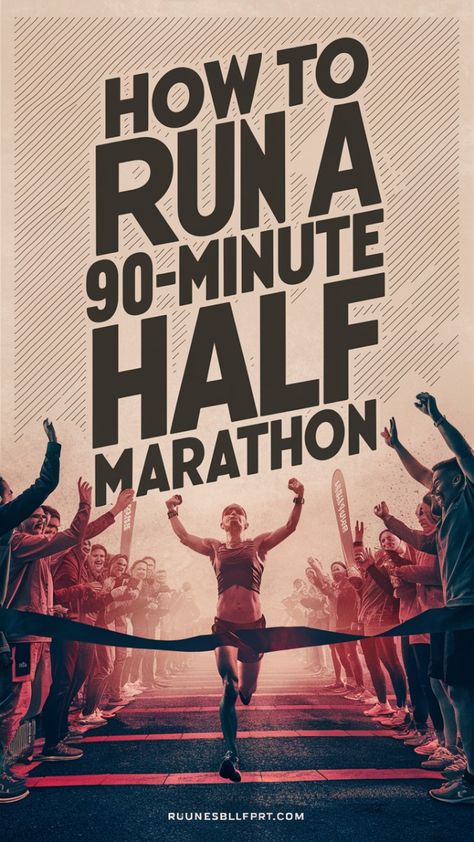Looking to buy cheap running gear? Then this post is for you.
Here’s the truth.
Buying new running gear can be stressful when you have many options but are overcharged. This is especially the case when you’re already on a tight budget.
But it doesn’t have to be that way.
Here’s the truth—if you know how and where to look, you can find pretty decent running gear at a very affordable price.
Cheap Running Gear Guide
Without further ado, here are a few tips and tricks to help find affordable running shoes, running clothes, and races.
Choose The Right Stores
If you want to shop on a budget, one smart move is to avoid specialty stores that only sell running clothes.
Even if you love brands thanks to their exclusive designs and reliable quality, they’re still not worth the splurge
Specialty stores such as Nike, Puma, or Lululemon will always try to overcharge you simply because of brand name recognition and because they’re held as experts in making workout clothing.
Here’s what to do instead.
As long as you can tell quality material, get your next running shirt or shorts from “broad-specialty” stores like Forever 21 or H&M. These brands will often sell gear of similar value and performance but at a much more affordable price.
You can also try your luck at department stores that sell brand-name items for lower prices, such as TJ Maxx. Remember, being fancy is never a priority. Comfort first.
How To Buy Cheap Running Shoes
With a pair of running shoes costing 90-120$, expenses can add up fast regarding running gear.
Generally, you’ll need a new pair of shoes every 400 to 500 miles. So if you ran 30 miles per week, you’d be burning through at least three pairs a year. That’s more than $300 on shoes alone per year.
Proper running clothing costs money, too.
How much gear you need likely depends on how often you train. If you exercise all year round, you’ll need a mix of summer and winter running clothing.
The following steps should help keep your running gear costs at bay:
Buy During Sales
So how to buy cheap running shoes?
One thing you can do to save money on shoes is to buy them during major sales (you have to wait for them or go to a warehouse store) or online (by searching for the best deals). Also, some reputable sports brands may slash the price of previous season shoes at the onset of a new year, making it the perfect time to hunt for new shoes.
Go Digital
Some websites, such as ShoeKicker and The Clymb, may help you find some of the best deals on running shoes and other gear in one place.
Check other colors
When choosing a certain shoe model, check in on other colors/styles, as some colors might be cheaper than others.
Shop at Non-Specialty Stores
For the best deals on workout clothing, steer clear of high-end athletic wear stores. Instead, shop at other stores such as TJ Maxx, Baleaf, Target, and H&M. all of these stores offer great quality workout gear at an affordable
Compare Prices
Getting the best deals on running gear is a process and one that takes time.
It’s easier to hit the nearest high-end store and splurge on their clothing, shoes, and accessories, but only if you can afford them.
You must play the long game if you want quality without breaking your bank account. So be patient and go slow.
I’d recommend an online source such as Best Budget. Tools like this one provide you with relevant price comparisons and reviews—it also makes the research phase a little bit easier.
Sign up For Newsletters
Don’t want to give up on brand-name products? Then, sign up for their newsletter to find out about big sales and discounts.
You can also subscribe to your favorite stores for coupons. Choose your favorites and stay in touch with them but don’t get stuck on one brand. You’ll be sorry when you can find another item that’s cheaper but of similar or better quality.
Don’t want to get spammed into your main inbox? Create a separate email just for subscriptions and coupons.
Buy Last Season’s Models
Running gear doesn’t change as much throughout the season. More often than, the only things that differ are the colors or patterns.
So instead of the navy blue running shorts offered now, find the black ones from the previous collection. You might end up paying half the price.
The material will be the same, and you’ll feel just as comfortable wearing the black shorts as you’d be wearing the navy blue ones.
As long as you’re choosing comfortable and high-performing fabrics, you’re good to go. Comfort over fashion. That’s the golden rule.
Where to find them?
Grab last season’s items at outlet stores, clearance racks, sales sections, or online. Some stores usually hold a clearance sale on certain dates of the month.
Take Care Of Your Running Shoes
The average running shoe lifespan is roughly 400 to 500 miles, depending on various factors such as weight, running style, intensity, and shoe model itself.
In other words, you’ll need to get a new pair every few months, which can take a toll on your bank account.
Fortunately, there are a few measures you can take right now to make sure that your sneakers last you as long as possible.
Let’s discuss a few.
Keep them To the Running
Do not use your running shoes for any other activity other than running. Gym, grocery trips, and all the walking around add to the mileage. Even if you’re just walking around in them, you’re still wearing out the support and cushioning.
Wash regularly:
As the first line of contact, your shoes can take quite a beating. Cleaning your sneakers is something you should be doing at least once a week or after any rainy, muddy run
You should also avoid throwing them in a washing machine, drying machine, or near a radiator. Instead, wash your running shoes manually, then let them air dry.
Take them Off Properly
Instead of using your foot to kick the shoes off, untie and loosen the laces before removing your shoes.
Forcing your feet out may put a lot of pressure on the laces and heel collar, which forces them to stretch out and lose their shape.
Store Right
Keeping your shoes in the trunk of your car or exposed to direct sunlight is another way to break them down sooner.
Instead, keep your shoes in a dry, cool place away from a heater or the trunk of your car.
If your shoes are wet, you can speed up the drying process by stuffing them with balls of newspaper to absorb the moisture.
Where to Find Cheap Running Clothes
You don’t have to break your bank account to get higher-end running wear. Instead, get your running gear from the following places.
Old Navy
For relatively cheaper but decent quality wear, Old Navy Active line provides a good selection of workout shirts, shorts and tops, and pants that have gotten rave reviews.
What’s more?
Old Navy often offers 30 percent and even 40 percent off sales to schedule your purchases accordingly.
Pricing: Clothes range from $5 to $30 per item.
H&M
One of my favorite places for inexpensive yet reliable activewear. H&M offers stylish and effective activewear items that can be used everywhere—running is no exception.
Pricing: Activewear range from $10 to $50.
Macey’s
Not only is Macey’s a great source of exercise clothing such as shorts, shirts, sports bras, and socks. For less, the store offers a range of reputable shoe brands, such as Nike, Asics, Adidas, and Skechers.
What’s more?
Macey’s also offers amazing regular sales on highly reputable brands, so remember to sign up for their newsletter to keep up on its current promos and deals.
Pricing: Clothes range from $5 to $30.
GAP
Gap Fit, Gap’s activewear line, is one of the inexpensive lines of activewear out there.
The brand has a wide variety of stylish and comfortable styles. It also lets you easily shop by type of workout and level of intensity.
Price range: $10 to $30 per item.
Zappos
Zappos offers a good range of activewear for runners of all ages, gender, and sizes. You can also find a wide selection of running shoes from Nike, Brooks, Asics, Hoka One One, and much more.
It also provides free standard shipping on virtually all orders, with no minimum required, which is one of the reasons the website has become so successful.
Price range: $10 to $30 per item.
Stick to Quality
Eventually, you’ll come across a cross of a piece of clothing that looks amazing
But is it worth it? Is it durable?
Nothing is worse than spending your hard-earned money on a garment that falls apart after just a few runs.
Quality gear should also last you through more than a single season, and there are a few measures you can take to tell if your workout items are well-made.
When shopping, check for the following:
The Fabrics
Check the tags that display the materials of the clothing piece. For example, what fabric is the clothing made of?
Next, check if the fabric wicks sweat away from the skin, which is essential for keeping dry and comfortable. Natural wicking fabrics include bamboo and wool, whereas synthetic ones include Lycra and Polyester.
Ideal fabrics usually contain polypropylene or fabrics such as Coolmax and Supplex.
These fabrics allow sweat to evaporate from your skin but do not leave you feeling sweaty and uncomfortable. Check also if there’s any brittle on the cloth.
The Seams
Check the seams. Good stitching is one of the best signs that a piece of clothing is high quality.
If the stitch work is subpar, it usually indicates that the items were cheaply made using cheap materials. Even the price tag says differently. So don’t bother to get stuff like this.
To check for quality, do the “pull test.”
Simply grip the fabric on both sides, pull on a seam and check if you see through the other side. If you can see, that’s a sign that the item might not be sewn properly.

Save Money On Running Nutrition
Gel packets, protein powders, energy bars, and supplements work well for sustaining your training caloric needs but can also be expensive.
Fortunately, there are some ways to help you save money on different running nutrition essentials.
These include:
Experiment
Go natural. Test out cheaper alternatives for energy during your long runs instead of sports gels. For example, try jelly beans, honey packets, candy corn, and other sweets.
Additional resource – Best sources of electrolytes for runners
Make your own:
You don’t have to buy every single protein bar. Instead, you can make your own and, in the process, save a lot of money.
Check out this YouTube Tutorial.
Buy in bulk
Your diet should be the main source of calories and nutrients, so keeping certain foods on hand is the way to go.
The best way to save money on food is to buy in bulk.
The main items include:
- Eggs
- Chicken breasts
- Canned tuna
- Frozen vegetables
- Rice
- Oatmeal
- Beans and lentils
- Nuts & seeds
- Dried fruits
Stay Injury Free
Medical bills stack up quickly when dealing with an injury.
And nobody’s immune
Run long enough, and you’ll sooner or later get hurt. The recovery cost can be extremely high depending on your injury and insurance converge.
To avoid falling into the trap of injury, do the following:
Listen to your body
Your body is your best coach. It’ll tell you when to keep going and when to stop. You just have to be willing to listen.
Progress slowly
Make it a rule never to increase your weekly mileage by more than 10 percent from one week to the next.
Stretch & foam roll
Regular mobility work helps protect your body against common injury by improving your range of motion and making your muscles more supple.
Cross-train:
Especially strength and non-weight-bearing training, as research has shown that regular resistance training helps runners avoid injury.
For more, check these posts:
- Weight training for runners
- Best strength exercises for runners
- Bodyweight training for runners
- Running Vs. strength training
Save Money On Races
Although you might not want to start racing anytime soon, chances are you might see in the future.
The following measures should help keep your racing costs at a minimum.
Sign Up Early
The best way to save money on racing fees is to sign up as early as possible. Most events offer early bird pricing.
Be A Member
If racing is important to you, join an affiliated running club. By doing so, you might take advantage of the occasional discounted or free race entry. It might not be a lot, but your money-saving efforts do add up in the long haul.
Race local
While travel can be fun, transportation, hotels, and meals can be more expensive than the race.
Instead of wasting money on hosting, save money and time by running races closer to home. You’ll find the registration fees relatively cheaper by sticking to local, often smaller, races.
Still keen on going to the race three hours flight away? Then I’d recommend that you combine your races with vacation—destination races.
Two birds. One stone.
Cheap Running Gear – The Conclusion
There you have it! If you’re find cheap running gear, today’s measures and tips should help you get started on the right foot. The rest is just details.
Please feel free to leave your comments and questions in the section below.
In the meantime, thank you for dropping by.
Keep training strong
David D.













